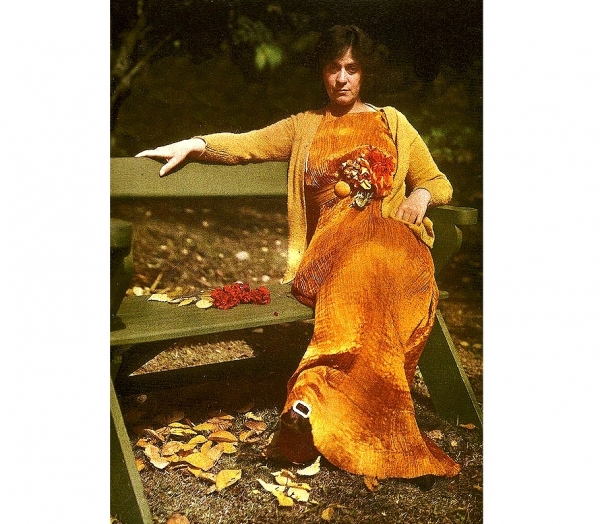Mariano Fortuny and his Knossos Scarf (Vogue Magazine, 1912)
Marguerite O’Kane, a genuine enthusiast of the Arts and Crafts Movement, enjoyed the unique distinction of writing the first review for American VOGUE covering the work of Mariano Fortuny (Mariano Fortuny y Madrazo: 1871 – 1949). Although celebrated in Europe since making his first gown in 1906, the Knossos Scarf, a long sheer silk rectangle inspired by the costumes of ancient Crete, he was unknown to most fashion-minded Americans until this article appeared during the closing weeks of 1912.
Iconic fashion designer Yves Saint Laurent began his meteoric career as a very young man; click here to read about him.










